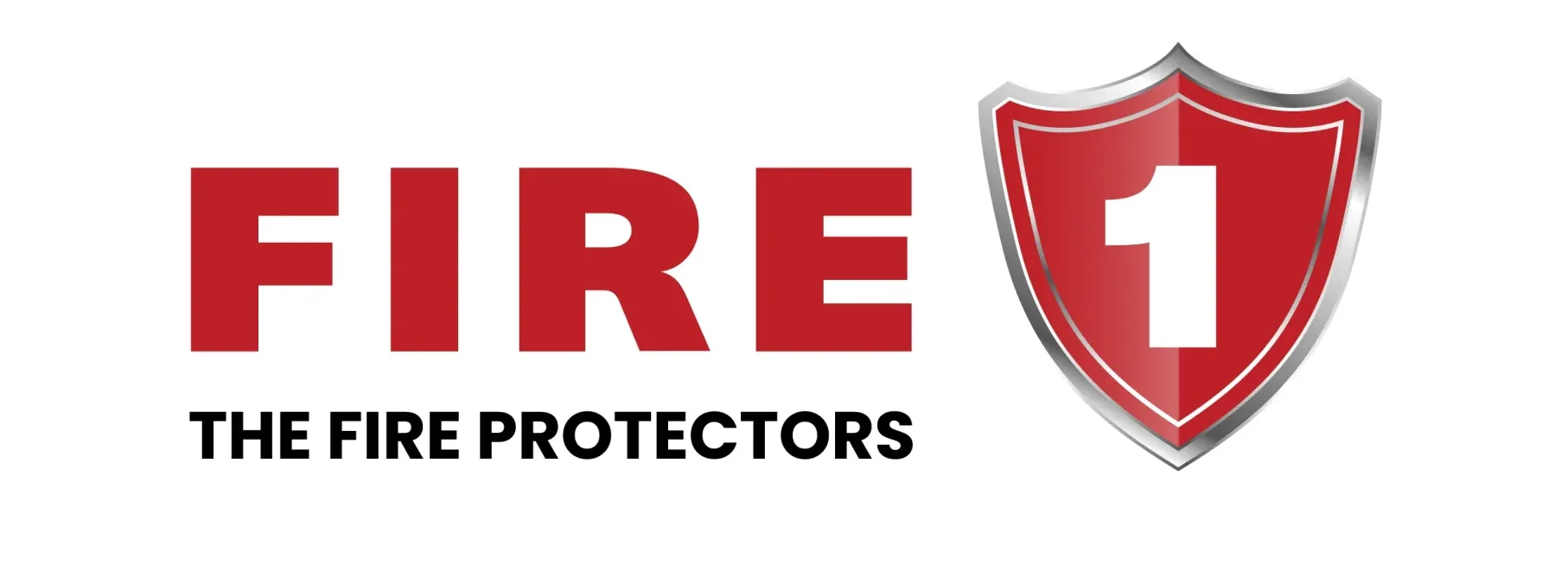System Modifications and Extensions
When considering modifications or extensions to a fire protection system, it’s crucial to ensure that any changes made align with current safety standards and regulations. Below are some suggestions for fire protection system modifications and extensions that a service provider, like Fire 1, might recommend:

1. System Upgrade
- Replacing Outdated Equipment: Invest in modern fire alarm panels, smoke detectors, and sprinkler systems that offer enhanced reliability and new features, such as connectivity to mobile devices for alerts.
- Upgrading Detection Types: Integrate advanced detection technologies, such as video smoke detection or multi-sensor detectors, which can improve the system's responsiveness to fires.
2. System Expansion
- Adding Detection Zones: If the facility's layout has changed or expanded, consider adding new detection zones to ensure comprehensive coverage.
- Extending Sprinkler Coverage: For newly developed areas of the building or changes in occupancy types, extend sprinkler systems to cover all areas appropriately.
3. Integration with Other Systems
- Building Management Systems (BMS): Integrate fire protection systems with BMS for streamlined operations and emergency protocols.
- Emergency Communication Systems: Implement mass notification systems that can rapidly inform occupants of emergencies, ensuring a clear and organized evacuation process.
4. Enhancing Fire Department Connectivity
- Direct Connect Systems: Consider installing systems that allow direct notification to local fire departments in the event of an alarm, reducing response times.
5. Retrofitting and Compliance
- Review for Compliance: Evaluate the fire protection system against current codes and standards (e.g., NFPA, local regulations) and retrofit as necessary to meet compliance.
- Access for Firefighters: Modify building layouts to ensure proper access for fire trucks and personnel, including the installation of fire lanes and signage.
6. Fire Extinguisher Placement
- Evaluate and Redesign Placements: Assess the placement and quantity of fire extinguishers, ensuring they meet the risk assessment requirements of the facility.
- Suppression Systems: Consider extending or modifying suppression systems (e.g., kitchen hoods, clean agent systems) based on changes in equipment or occupancy.
7. User-Friendly Enhancements
- Control Panels: Upgrade to touch-screen panels with user-friendly interfaces that allow for easier operation and troubleshooting.
- Training and Education Programs: Offer staff training sessions tailored to the new enhancements and system capabilities to ensure everyone understands protocol.
8. Regular Review and Assessment
- Annual Risk Assessments: Schedule regular risk assessments and system evaluations to adapt to changing conditions in the facility and ensure that the fire protection strategy is effective.
9. Documentation and Maintenance Planning
- Updating Documentation: Ensure all modifications are documented properly, including system drawings, maintenance logs, and compliance records.
- Flexible Maintenance Plans: Adapt maintenance plans to include the new or modified systems to ensure ongoing reliability.
It’s essential to collaborate closely with a knowledgeable fire protection consultant or contractor, like Fire 1 with a decade of experience in UAE, to assess your current system and determine the most effective modifications or extensions based on your facility's needs. Emphasizing safety, compliance, and technology adaptation will enhance your fire protection efforts and contribute to a safer environment.
